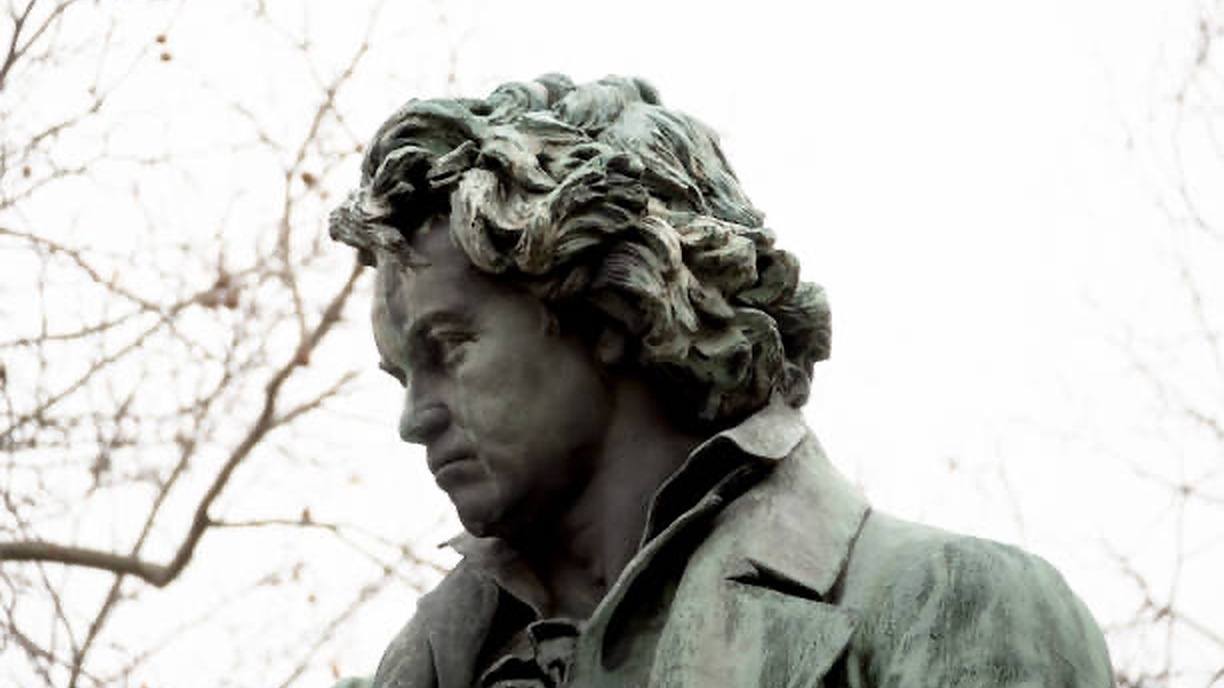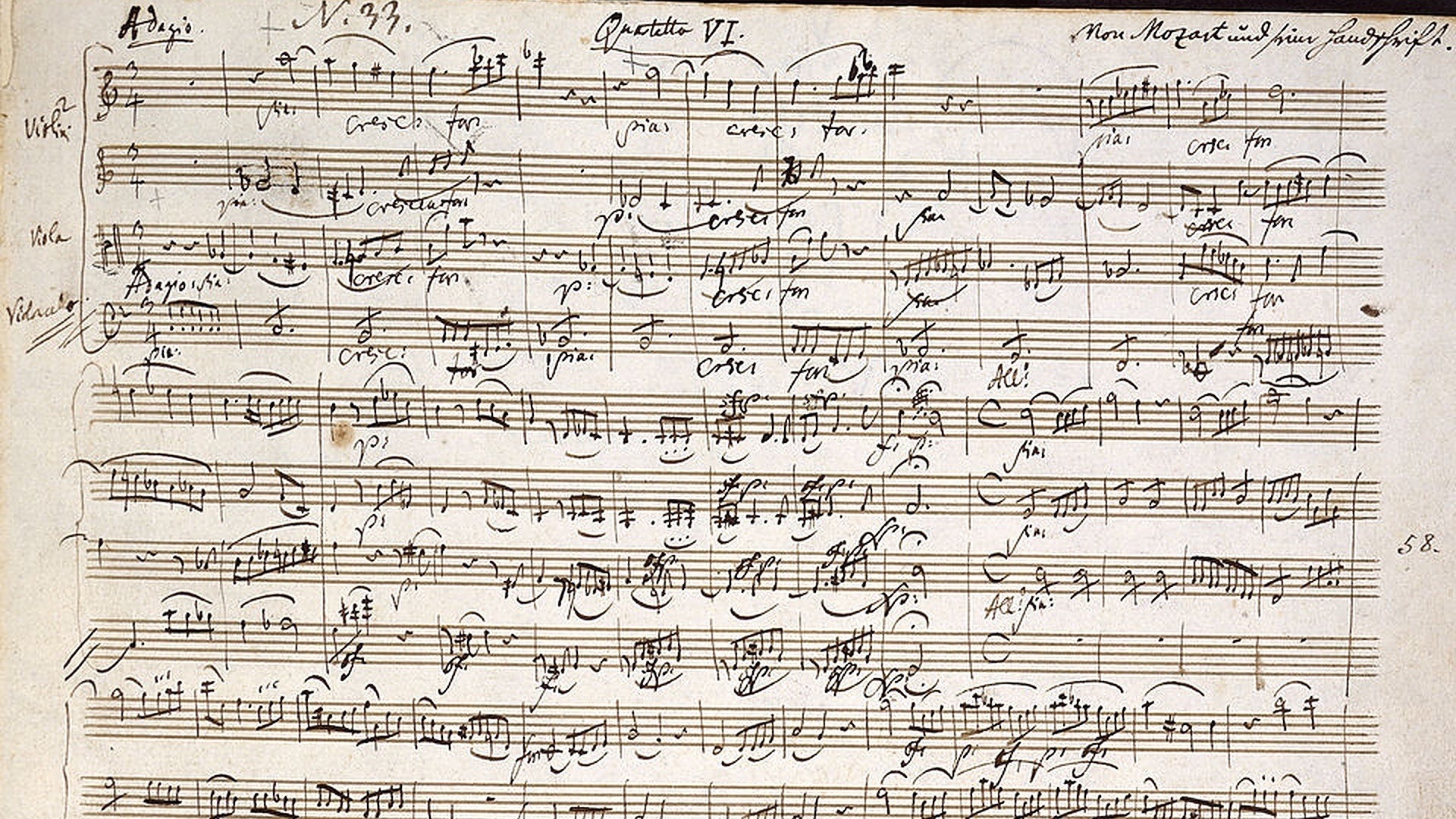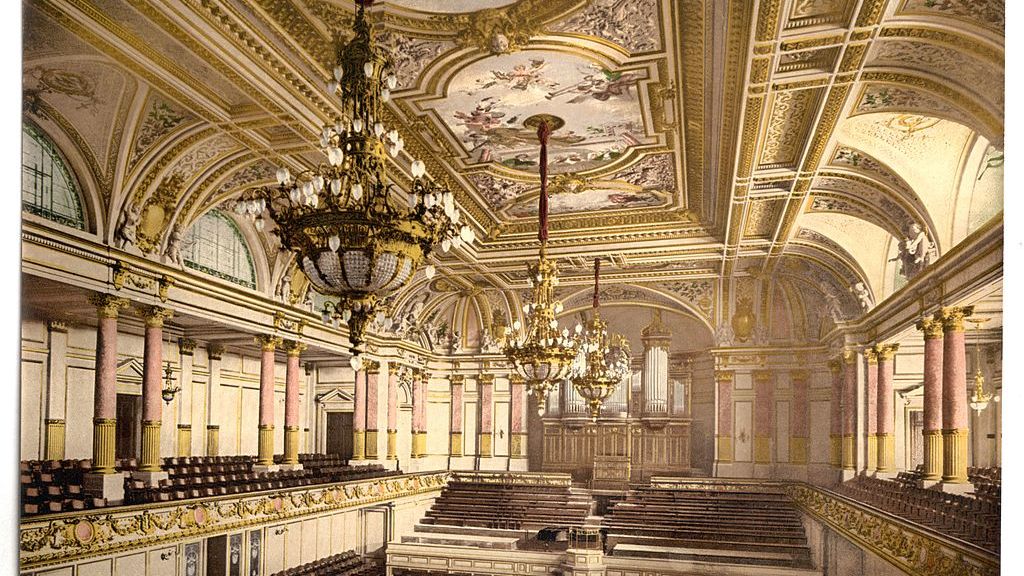Haydn’s Symphony No. 7 in C Major, “Le Midi”: Bright and Inventive
Franz Joseph Haydn’s Symphony No. 7 in C Major, “Le Midi,” is the second installment in a symphonic trilogy (Nos. 6-8) which depicts three times of day: Morning, Midday, and Evening. It was with these inventive works that the 29-year-old Haydn began his nearly three-decade-long tenure as Kapellmeister at the aristocratic court of the Ezterházy family in the spring of 1761. The appointment provided Haydn with top level musicians and a splendid isolation …







